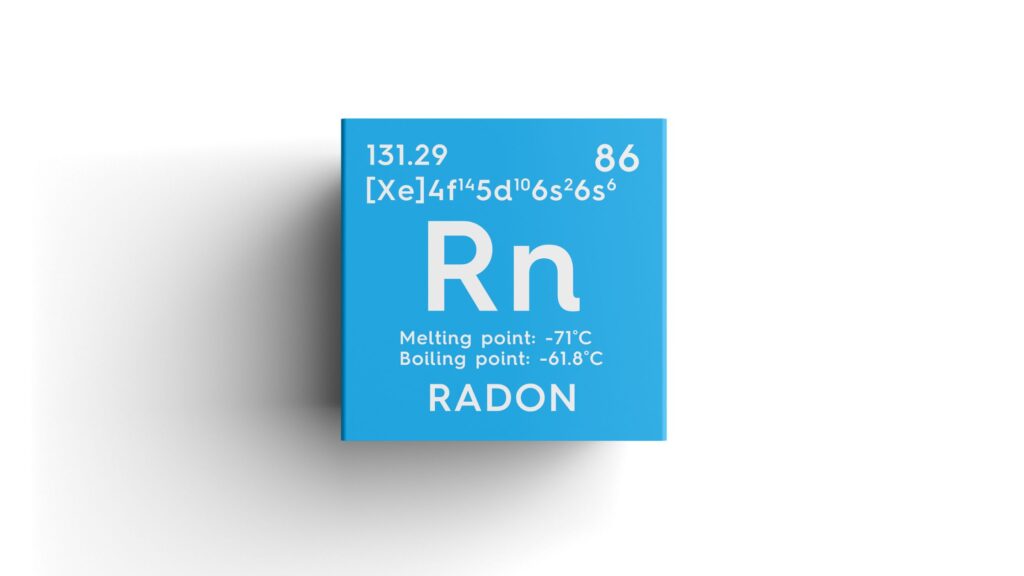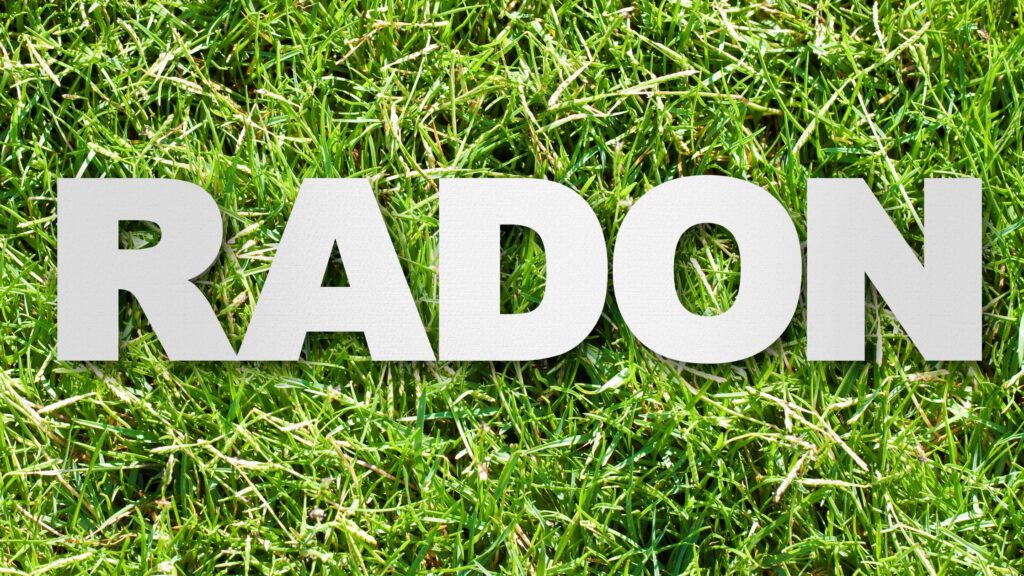Radon is a colorless, odorless gas that poses a significant health risk to homeowners. Long-term exposure to high radon levels is the second leading cause of lung cancer in the United States. Fortunately, homeowners can now take advantage of tax credits for radon mitigation, making it more affordable to lower radon levels and safeguard family health. Here’s everything you need to know about these valuable tax credits and related factors in 2025.

What Are Tax Credits on Radon Mitigation?
Tax credits for radon mitigation are financial incentives offered by state and federal governments to motivate homeowners to install systems that lower radon levels in their homes. These credits can help offset the cost of purchasing and installing radon mitigation systems, which can be a significant investment.
For homeowners in states like Iowa, 2025 has introduced expanded programs that offer tax credits for radon mitigation. These credits make it more affordable for homeowners to mitigate radon exposure, ultimately protecting the health of their families and enhancing the safety of their homes. Learn more about Cost to Repair a Radon Mitigation System.
Why is Radon Mitigation Essential?
Radon is a naturally occurring radioactive gas that enters homes through cracks and openings in the foundation. It is nearly impossible to detect without specialized equipment, making it an invisible threat to homeowners. When radon accumulates in indoor spaces, it can reach dangerous levels and pose serious health risks, including lung cancer.
According to the U.S. Environmental Protection Agency (EPA), radon is the second leading cause of lung cancer in the United States. As it is colorless and odorless, many homeowners remain unaware of its presence until it’s too late. This is why mitigating radon exposure by installing a mitigation system is critical for every homeowner.
How Tax Credits on Radon Mitigation Benefit Homeowners
In 2025, multiple states, including Iowa, will provide tax credits for radon mitigation, making the installation of mitigation systems more cost-effective. These systems can be costly, often ranging from $800 to $2,500, depending on the home’s size and the complexity of the system.
For instance, Iowa offers a tax credit of up to $1,000 for homeowners who install a qualified radon mitigation system in their homes. This credit significantly reduces the financial burden of installing a mitigation system, making it easier for homeowners to protect their families from the dangers of radon exposure.
By taking advantage of tax credits, homeowners can reduce the upfront cost of installation while ensuring their homes are safer. In addition to the immediate health benefits, radon mitigation systems can increase the resale value of a home, making it a wise long-term investment.
How to Claim Tax Credits on Radon Mitigation
Claiming tax credits on radon mitigation is a straightforward process that involves the following steps:
- Install a Radon Mitigation System: Ensure the system meets state or federal guidelines and is installed by a certified professional to qualify for tax credits.
- Save Documentation: Retain all receipts, invoices, and any other documentation related to the installation costs. This paperwork is crucial when filing for the tax credit.
- File Your Tax Return: When filing your state or federal income tax return, claim the tax credit based on the mitigation costs. The tax credit will be applied directly to your tax bill. If the credit exceeds your tax liability, the excess can be carried forward to future years.
- Consult a Tax Professional: It’s always a good idea to consult with a tax professional to ensure you’re meeting all eligibility requirements and claiming the maximum credit available.
In conclusion, following these steps can help you take full advantage of available tax credits while ensuring proper installation and compliance.

Additional Benefits of Radon Mitigation
Beyond health protection, installing a radon mitigation system offers several other benefits:
1. Increased Home Value
Homes with radon mitigation systems tend to sell faster and for more money, as buyers value the added safety and peace of mind.
2. Improved Air Quality
Radon mitigation systems help improve overall indoor air quality by increasing ventilation, which can reduce pollutants like dust and mold.
3. Long-Term Peace of Mind
With continuous radon protection, homeowners can enjoy peace of mind, knowing their home is safe from radon exposure for years.
4. Energy Efficiency
Radon systems can improve ventilation, reduce moisture buildup, and potentially lower energy bills by preventing mold and mildew.
In conclusion, the tax credits on radon mitigation not only make your home safer but also add value, improve air quality, and enhance long-term comfort.
Conclusion
Tax credits on radon mitigation are an excellent opportunity for homeowners to protect their families from radon exposure without bearing the full cost of mitigation installation. With the financial incentives available in 2025, it’s easier than ever to make your home safer. Don’t wait to take action—install a radon mitigation system today, claim your tax credit, and safeguard your home and health for years to come. Visit DSM Radon for more information.

Common Questions About Tax Credits on Radon Mitigation
1. How do I know if my home has radon?
The only way to know if your home has elevated radon levels is through testing, so purchase radon test kits or hire a professional to conduct the test.
2. How much does radon mitigation cost?
The cost of a radon mitigation system typically ranges from $800 to $2,500, depending on factors like the size of your home and the type of system required. Tax credits can help reduce these costs significantly.
3. Can I claim the tax credit for radon mitigation retroactively?
Yes, if you install a radon mitigation system in 2025, you can claim the tax credit when you file your state income tax return. If the credit exceeds your tax liability, the balance can be carried over to the following year.





